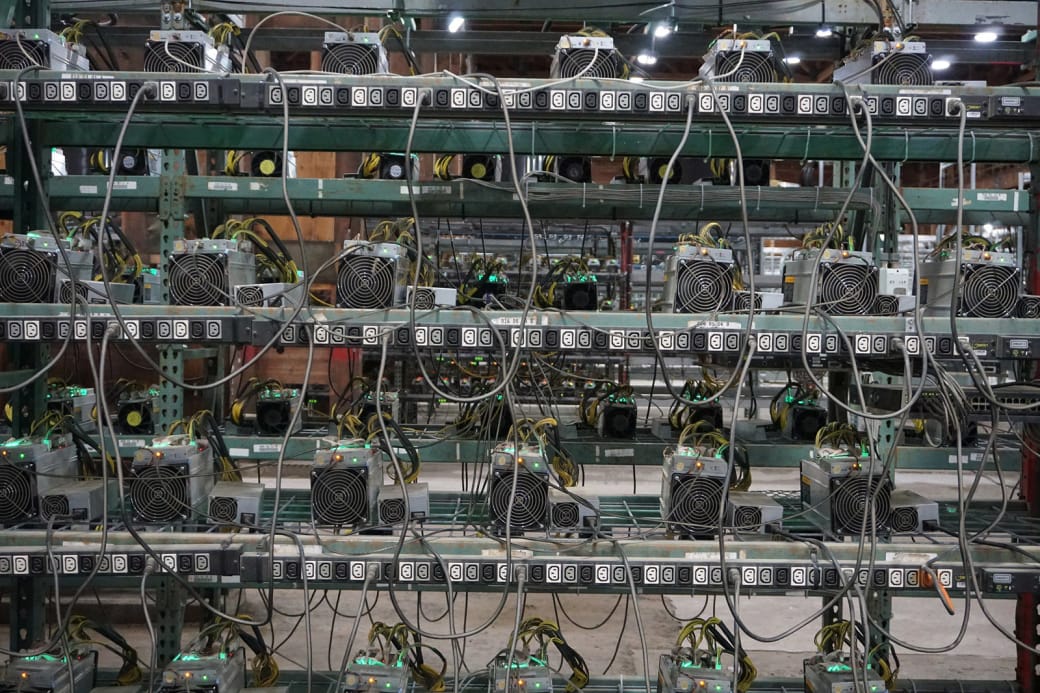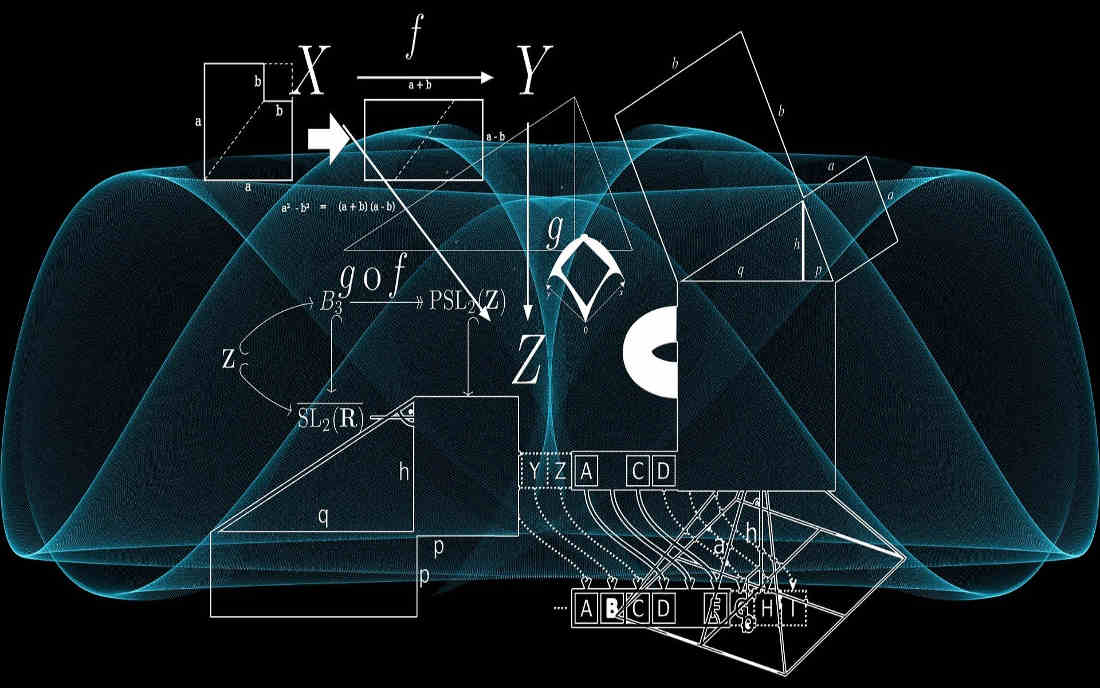Thanks to its plentiful land and cheap power, rural Montana, Washington, and Wyoming are now home to a new crop of cryptocurrency prospectors. Their neighbors aren’t too happy about it.
On a cold, damp, February evening, roughly 70 residents of Bonner, Montana, population 1,633, filed into the cafeteria of the local elementary school to talk about their new neighbors. Specifically, they were there to complain about “the roar.”
For two hours under the fluorescent lights, community members trudged up to the podium in their snow boots to voice concerns about the sound coming from the town’s old lumber mill. Some claimed the wildlife — particularly the hummingbirds and the deer — were nowhere to be found since the roar began around six months ago. Perhaps, one attendee suggested, “avian PTSD” was to blame for their disappearance. Residents took turns complaining of trouble sleeping, of newfound anxiety and depression, falling property values, and a growing feeling of desperation that the roar may never end. One concerned citizen wrote in to the council that she and her dog were itching all over and losing their hair; she blamed the roar. At one point, halfway through the meeting, when frustration seemed at risk of simmering over, council member Burt Caldwell issued a friendly warning: “Remember,” he told the group, “we’re not here to beat up on the bitcoin guys.”
The locals didn’t look mollified. Over decades, they’ve grown used to the sounds coming from the building when it was a lumber mill. But the new occupants were industrialists of a different sort, and the roar was the sound of rows of servers and fans feverishly whirring in an effort to solve complex cryptographic puzzles that could unearth digital money.
In recent months, with bitcoin’s value and cultural prominence rising spectacularly, dozens of cryptocurrency mines have popped up in the rural West, following in the geographic footsteps of a previous gold rush. Lured by cheap rent and wide-open space, they’re bent on bringing “mining” back to a region that was largely defined by pulling precious materials from the earth — only this time, the gold is digital.
In January, an unknown company working in the blockchain space purchased 7,000 acres at the Tahoe-Reno Industrial Center in Nevada, right next to Tesla’s Gigafactory. At the end of February, a Utah-based company called Power Block Coin LLC announced a plan to invest $251 million over the next three years in Butte, Montana, to build a campus of mining data centers.
And here in Bonner, a town of less than 2 square miles nestled along the winding banks of Western Montana’s Blackfoot River, one of North America’s largest bitcoin mines has set up shop. The locals have questions — about how it all works, about how cryptocurrency mining might revitalize the area’s sluggish economy, and most important, about whether it can be trusted to stay in the region for the long-term. Could a cryptocurrency boom could be the region’s best chance to revitalize old industry towns? Or it will these companies elbow their way in, only to disappear if and when the bubble bursts?
Source/More: The Mountain West Is Experiencing A Second Gold Rush. This Time They’re Mining Bitcoin.















